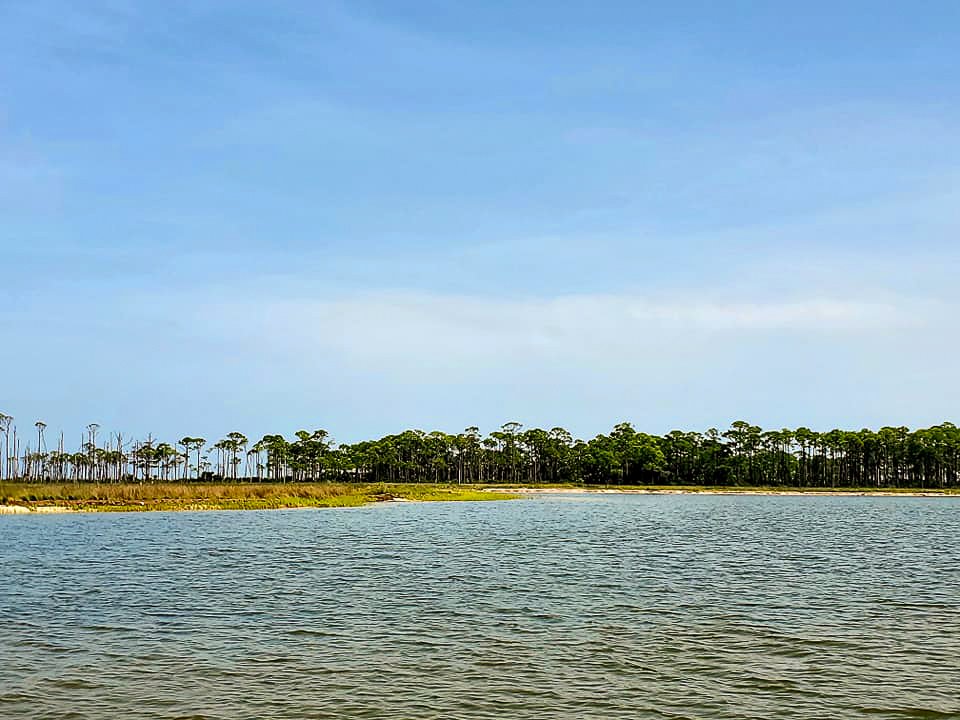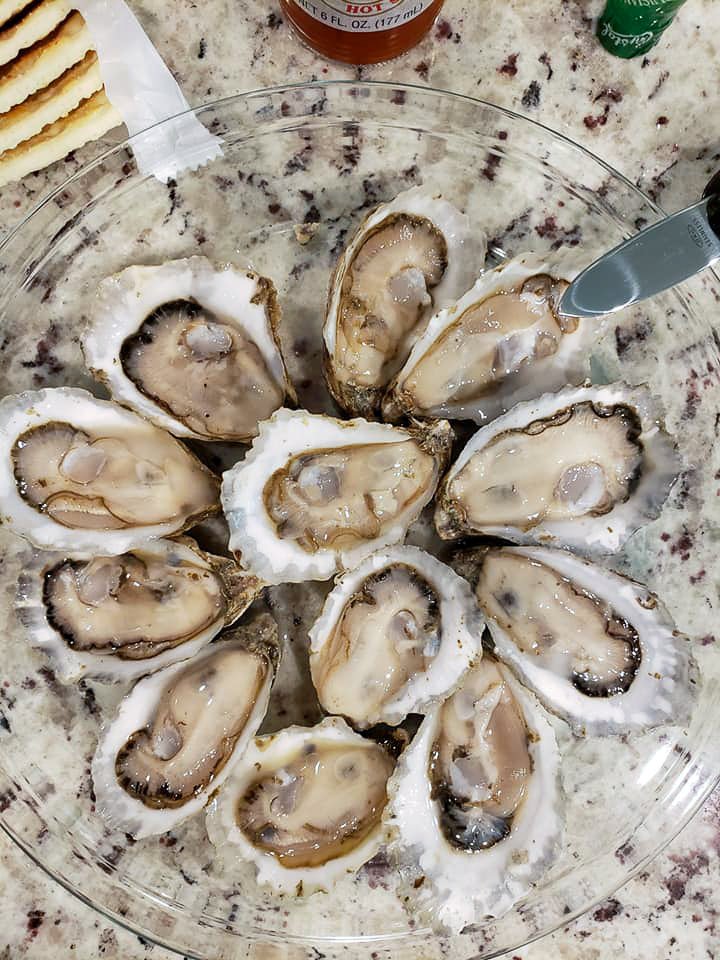Farm Fresh ~ Rattlesnake Cove Oyster Co.
Farm Fresh: getting to the meat of Southern oyster farms
For many in the South, the thought of oysters is quickly followed by the thought of a place: Apalachicola. The waters off this special spot along Florida’s panhandle have historically provided some of the most abundant hauls of delicious oysters anywhere.
But while oyster farming was springing up and taking off in other Southern coastal waters, from the Atlantic to the Gulf, this famed oyster-centric spot opted to keep its focus on wild harvests. Today, the landscape, both figuratively and literally, has changed, and Rattlesnake Cove Oyster Company is evidence of just how much the tides have turned, as owner and founder Jeff Wren explains. “I tried in 2013 to get a submerged land lease [needed to do oyster aquaculture in Apalachicola Bay], but everything was so charged around the issue,” he says. There were some who saw farming as competition for the wild harvest.
Wren kept clocking in at his day job, working as a marine scientist for the Apalachicola National Estuarine Research Reserve, and for various Florida state agencies, including the Florida Department of Agriculture, for the next five years. It was his work with the Department of Ag that first piqued his interested in oyster farming. “It was still so new, and I just thought it was so interesting,” he says. “And I knew that this had to be a great spot to try it.”
So, he waited, and in 2018, he tried again. In the years between his first foray into farming and his second, the gulf between the area’s traditional oystermen and those aspiring to start oyster aquaculture in the bay had been bridged. “That all got better,” Wren says. And now, with the five-year moratorium on harvesting wild oysters from Apalachicola Bay that was enacted in 2020, oyster aquaculture is the only available option, at least for the next several years.
Wren was able to get the lease he needed to start his oyster farm in a Rattlesnake Cove, a secluded, protected part of the bay adjacent to St. George Island State Park. But he then hit another delay; the spot he chose had never been leased before – it was virgin oyster farm territory – and that led to many months of back and forth with regulatory bodies. Finally, in 2019, he had all the approvals needed, and in 2020, he put his first oyster seed in the water. About eight months later, in April 2021, he pulled his first farmed oysters out.
He got more than oysters that spring. He also got a business partner. Todd Brackin joined Wren, and today, the duo is running Rattlesnake Cove fulltime. “I was already coming and helping Jeff on weekends, and I just thought it was the coolest thing ever, so when he asked if my wife and I wanted to move down here [from Atlanta] and really do this, I said yes,” Brackin says.
He also brings a marine science background as well as some teaching skills, which actually come in handy on the farm too, since Rattlesnake Cove is committed to giving back to its community by sharing lessons learned. The farm has partnered with the Florida Department of Agriculture and Consumer Services Division of Aquaculture’s education program and the Conservation Corps of the Forgotten Coast to give high school students in a sub-group called Oyster Corps hands-on learning experiences that teach habitat restoration and how a coastal community’s economy can be diversified with oyster aquaculture, while also exposing them to the career opportunities the industry is providing. Under Wren’s and Brackin’s leadership, the students recently deployed 21,000 oysters in Apalachicola Bay. “They’re growing some oysters on our farm and area doing shoreline and wild oyster habitat restoration. They’re even learning to build their own gear. Brackin’s education background has been great on that project,” Wren says,
Wren and Brackin are still learning too. “We’re using floating bags and have learned that when they’re completely submerged, they foul really quickly,” Wren says. “When on top, we can flip them easier and mitigate that.” And Wren did a lot of homework pick his prized place. “I did quite a bit of research, and having worked on the bay for 18 years, I know it well,” he says.
There is one thing that Wren didn’t have to figure out, a fact he was sure of before he ever got started. “Our oysters taste like the old-school Apalachicola Bay oysters that were here forever, and of course it makes sense that they would; we’re in the same water,” he says. “That taste is what makes them standout.”
Location, location, location is key, but so is branding, branding, branding, according to Brackin. “The role of marketing and branding in oyster aquaculture is huge,” he says. “By giving our product an identity, if, well when, people have a positive experience, then they have a way to remember us and come back to us.”
It’s working. “We’ve made a name for ourselves and already have a good demand,” Wren says. Currently, Rattlesnake Cove oysters are processed by Outlaw Oyster Co, also in Florida, and then bought by Evans Meats & Seafood in Birmingham, a wholesaler that serves a multitude of the South’s best restaurants.
But the plan is to become its own processor and keep everything in house. “That way we can sell to the markets we have in Atlanta, Nashville and places like that but also sell locally too,” Wren says. “Right now, not many of our oysters stay around here, but by the time we get there, we should be producing enough to serve local and outside markets.” The farm’s growth is on track to make that happen. In 2020, Wren planted 100,000 seed. In 2022, he will have planted 400,000.
As Rattlesnake Cover grows more oysters and more folks join the oyster farming club, both Wren and Brackin still feel confident that the market for farmed oysters is nowhere near saturated. “There is plenty of demand out there, plenty of market, and I still think there is plenty of space in our waters too,” Wren says. Brackin agrees. “Looking back at the historical harvests of Apalachicola Bay oysters, we are not pulling near as many as they were back then. We’re definitely not having any problems getting rid of oysters.”
Rattlesnake Cove’s water work and marketing efforts are paying off, but Wren stresses that one element of the farm’s path to success was paved long ago. “We are playing on and building on the long-standing reputation of Apalachicola oysters,” he says. “Everyone who knows oysters knows and loves oysters from this water. That’s one reason I fought so hard for the chance to do this here. These waters can’t be beat.”




